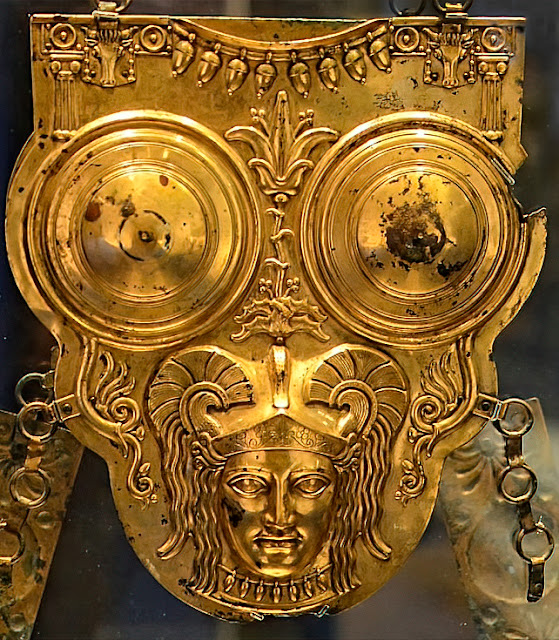Autonomy differences between Carthaginian and Roman commanders
Competition among the elites of Rome in both the political and military spheres is well known. It was also used by one of Rome's most fiercesome opponents as well. In Carthage, command was sometimes shared between two or even three generals and sometimes commanders were expected to seek approval from the council of 104 and the two suffetes (roughly equivalent to Rome's consuls) for important decisions such as declaring a truce, to sue for peace, or withdraw from a conflict altogether.
Furthermore, punishment of command officers was draconian (in every sense of that word!). It ranged from large fines to crucifixion of the offending general. Even the families of those committing suicide were not spared humiliation. Ancient sources record that the council crucified the corpse of one commander named Mago (out of the many men named Mago in the history of Carthage) in 344 BCE. Scholars think these severe punishments rather than simply a loss of command may have made some Carthaginian generals over-cautious, although that could hardly apply to some of the spectacular risks taken by Hannibal Barca during the Second Punic War.
Although Carthage was known for employing mercenaries rather than raising citizen levies like the Romans, Carthage actually did have an elite group of 2,500-3000 infantry soldiers drawn from their own citizenry known as the Sacred Band. Known by their iconic white shields, the Sacred Band, named after the famous unit from Greek Thebes, was barracked within Carthage itself and not relied upon for foreign campaigns.
In his excellent article on the Carthaginian Army in the Ancient History Encyclopedia, Mark Cartwright points out that Carthaginian officers dressed up for battle with plenty of gold jewelry and animal skins.
"Shields were decorated with motifs related to Punic religion, classic motifs such as Medusa, the Evil eye, or even personalised – Hasdrubal Barca had his own portrait on his silver shield." Cartwright observes, "Carthaginian officers would have further stood out in the heat of battle due to their impressive helmet plumes and glinting precious-metal armour. Generals often had expensive scale armour, such as that worn by Hannibal made from gilded bronze scales and inherited from his father."
You can read Mark's full article here:
https://www.ancient.eu/Carthaginian_Army/
Image: Punic cuirass courtesy of Alexander van Loon (CC BY - digitally enhanced)




Comments
Post a Comment